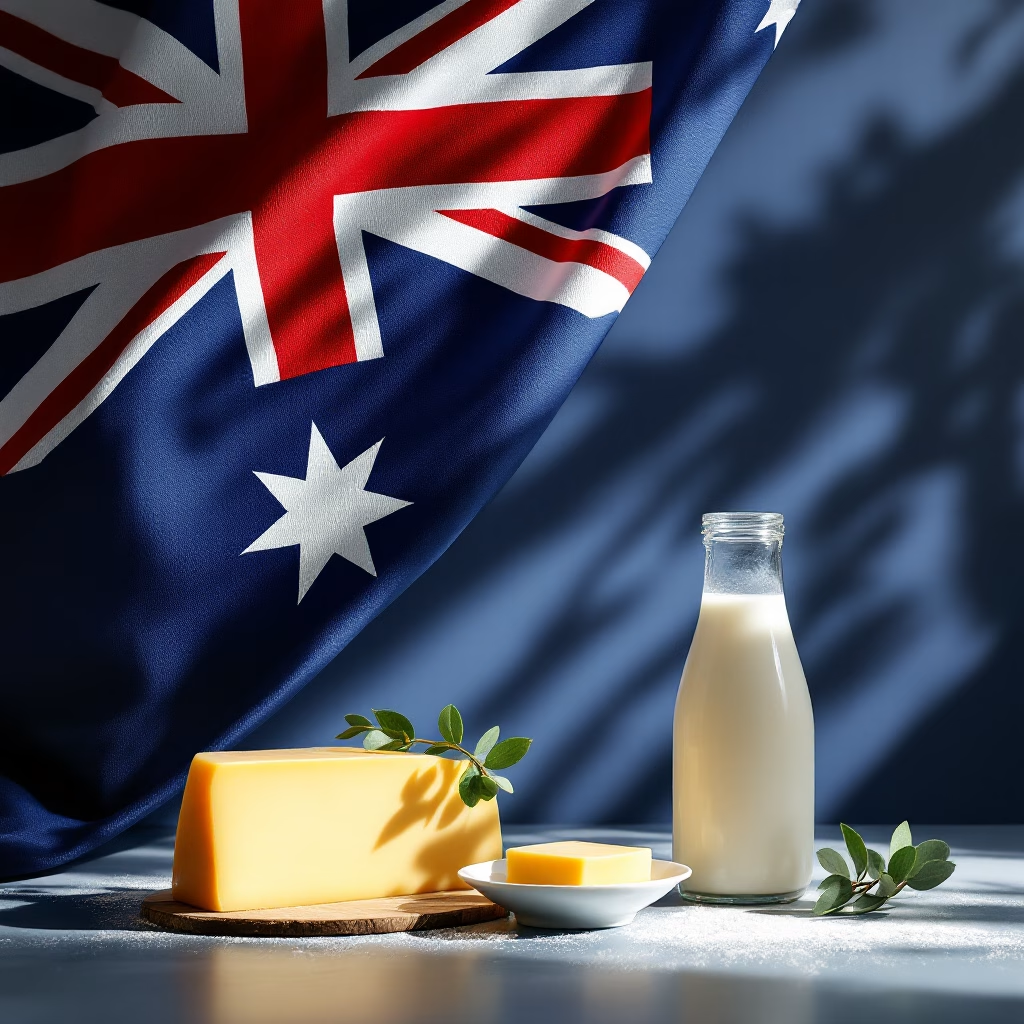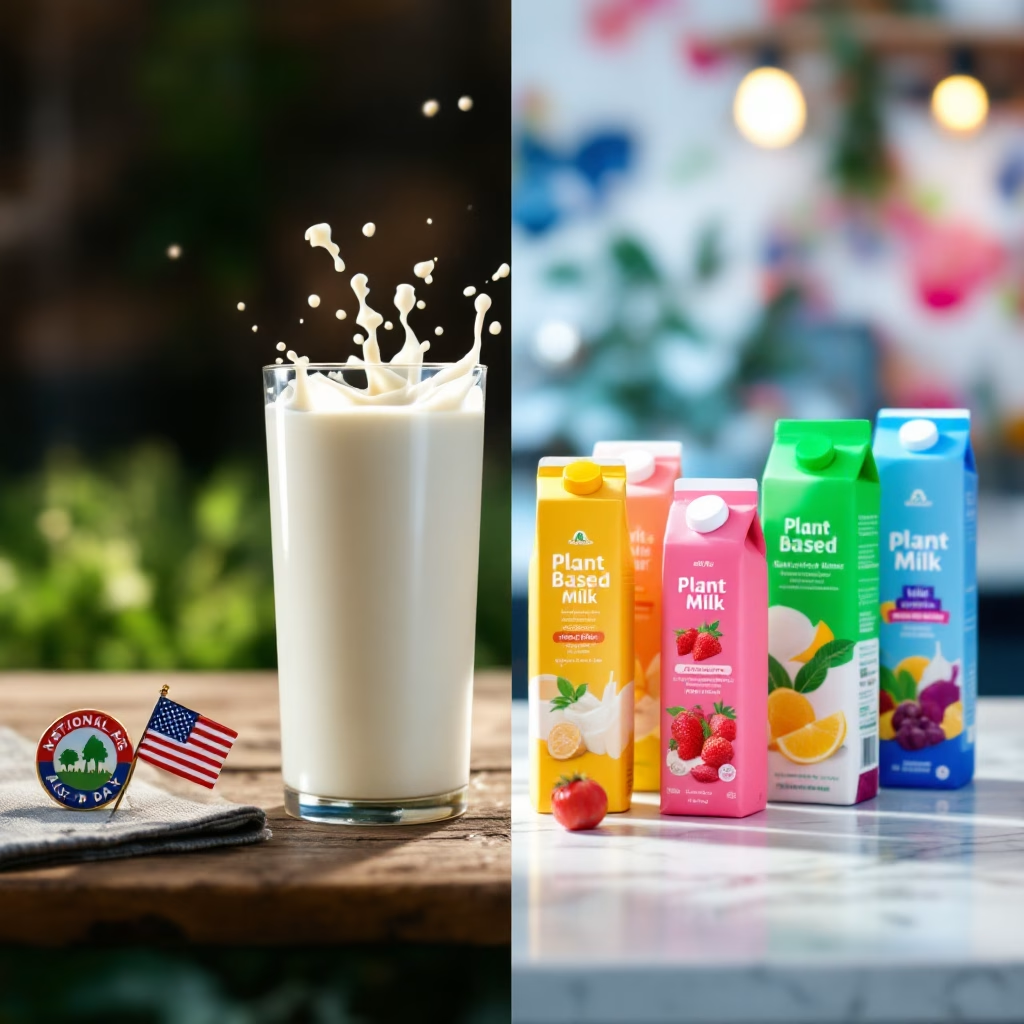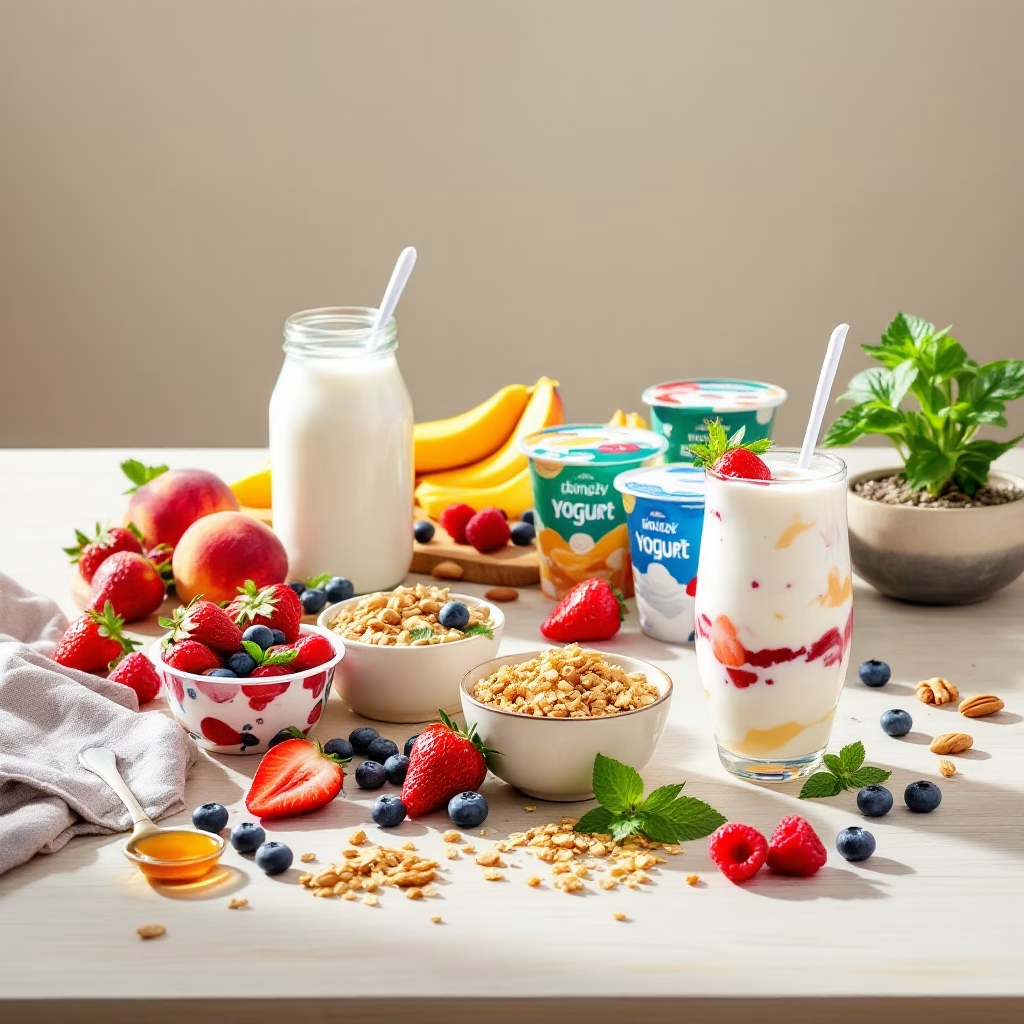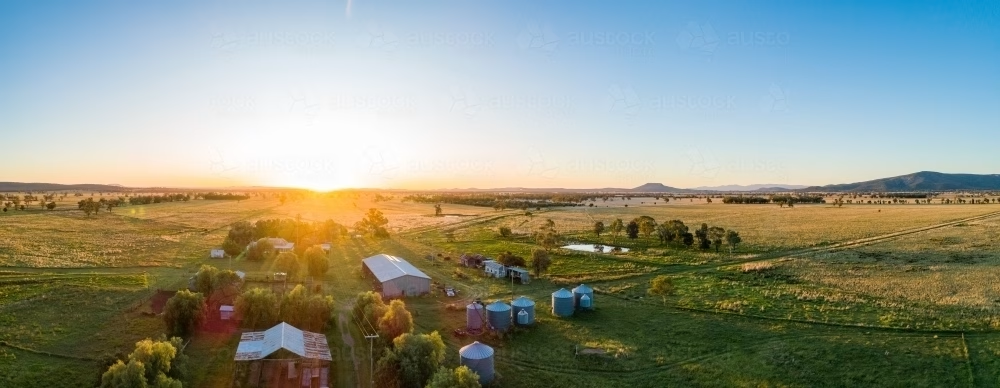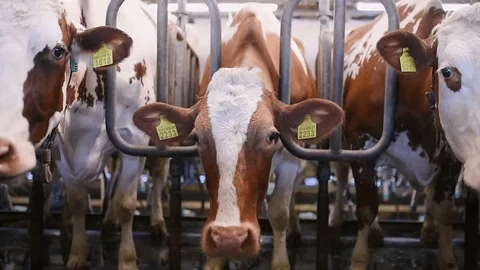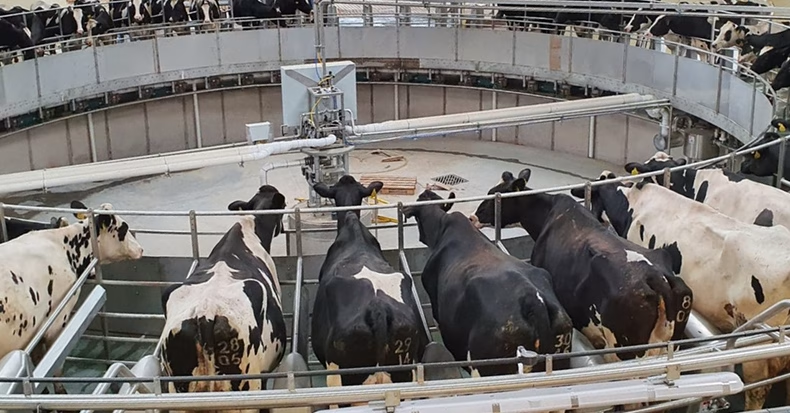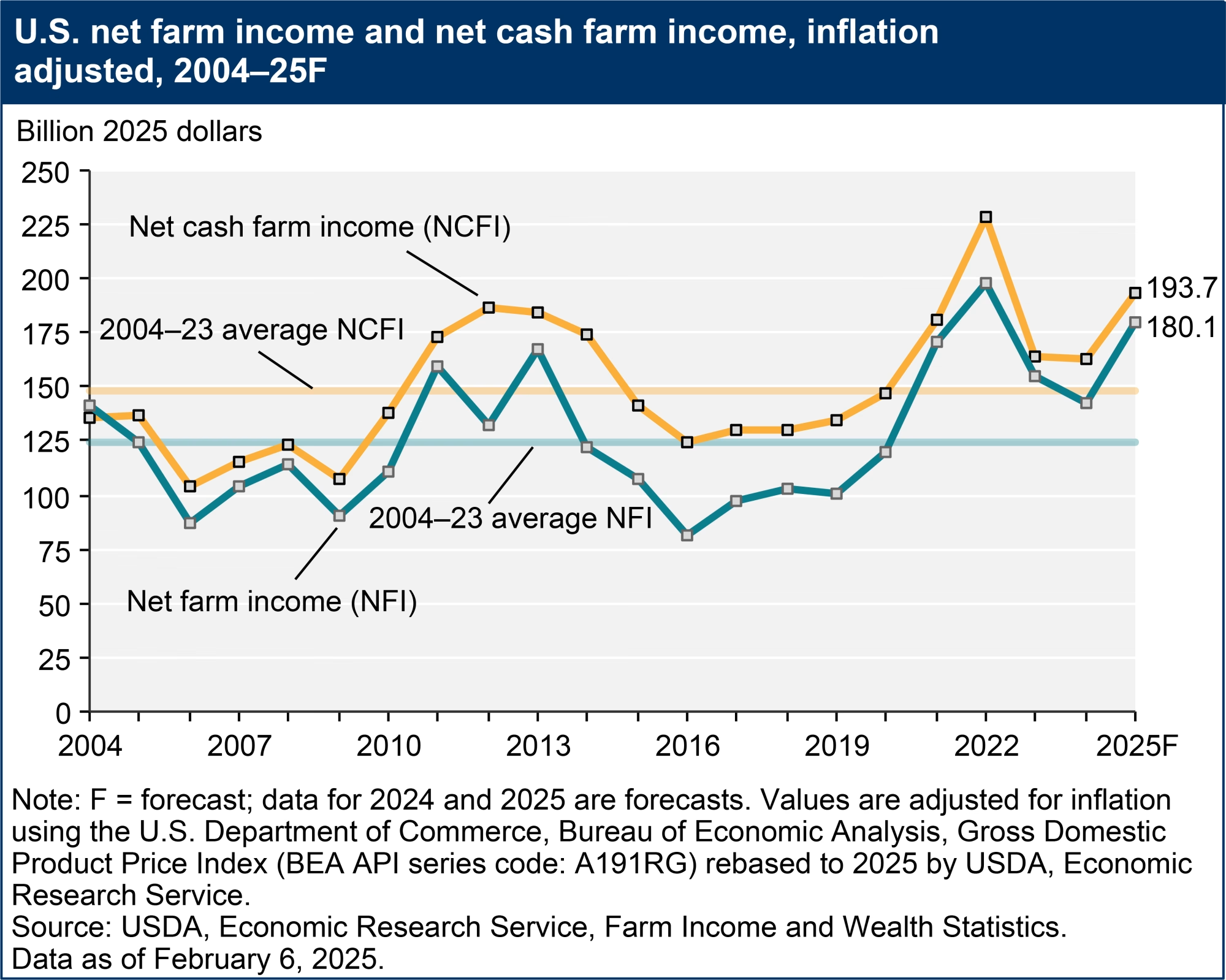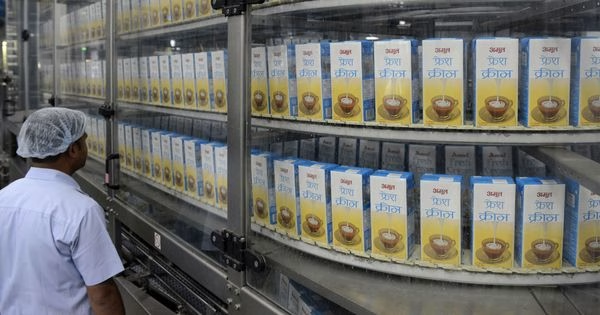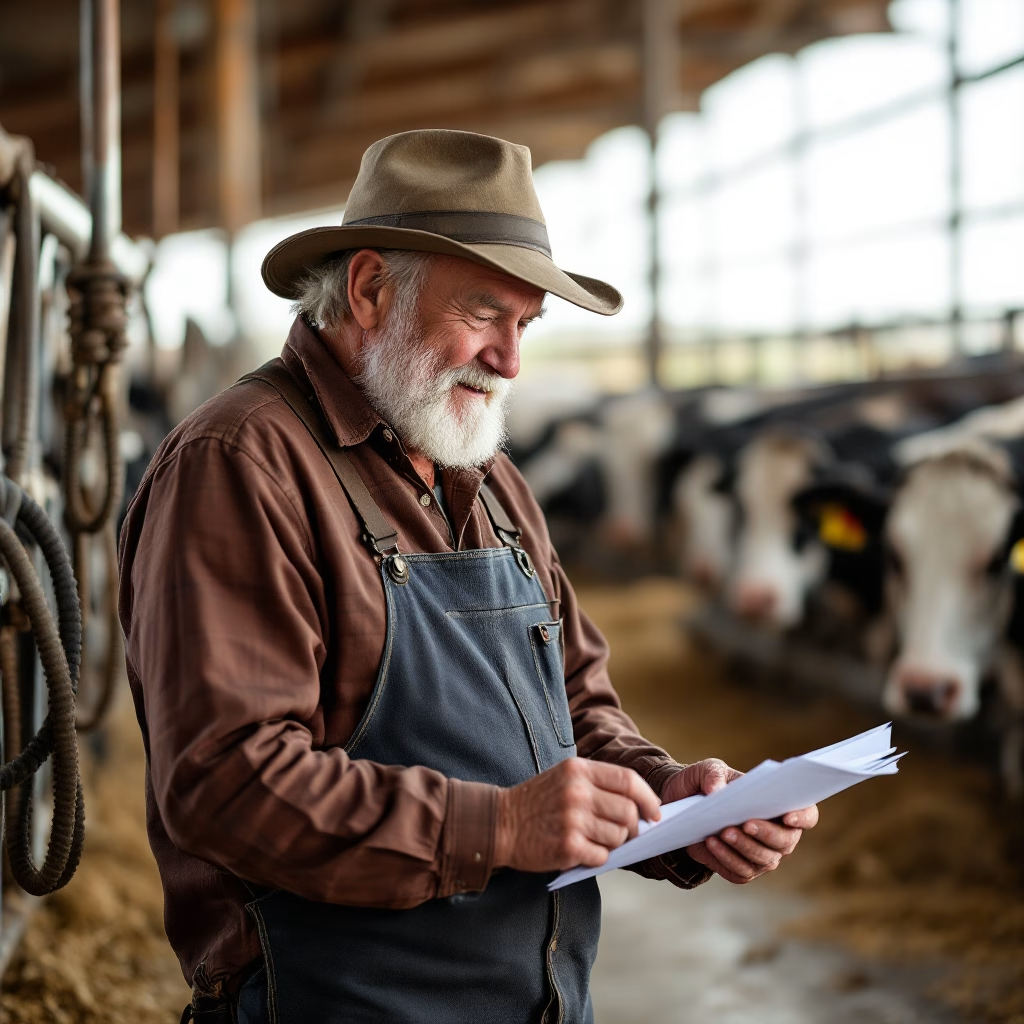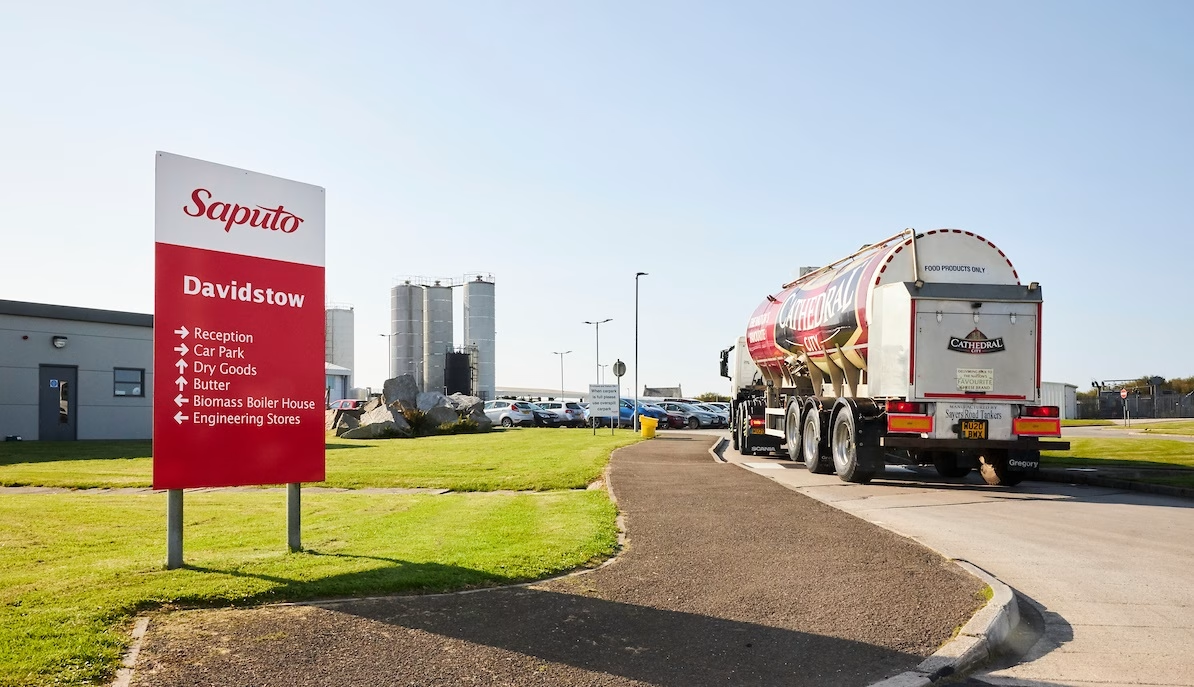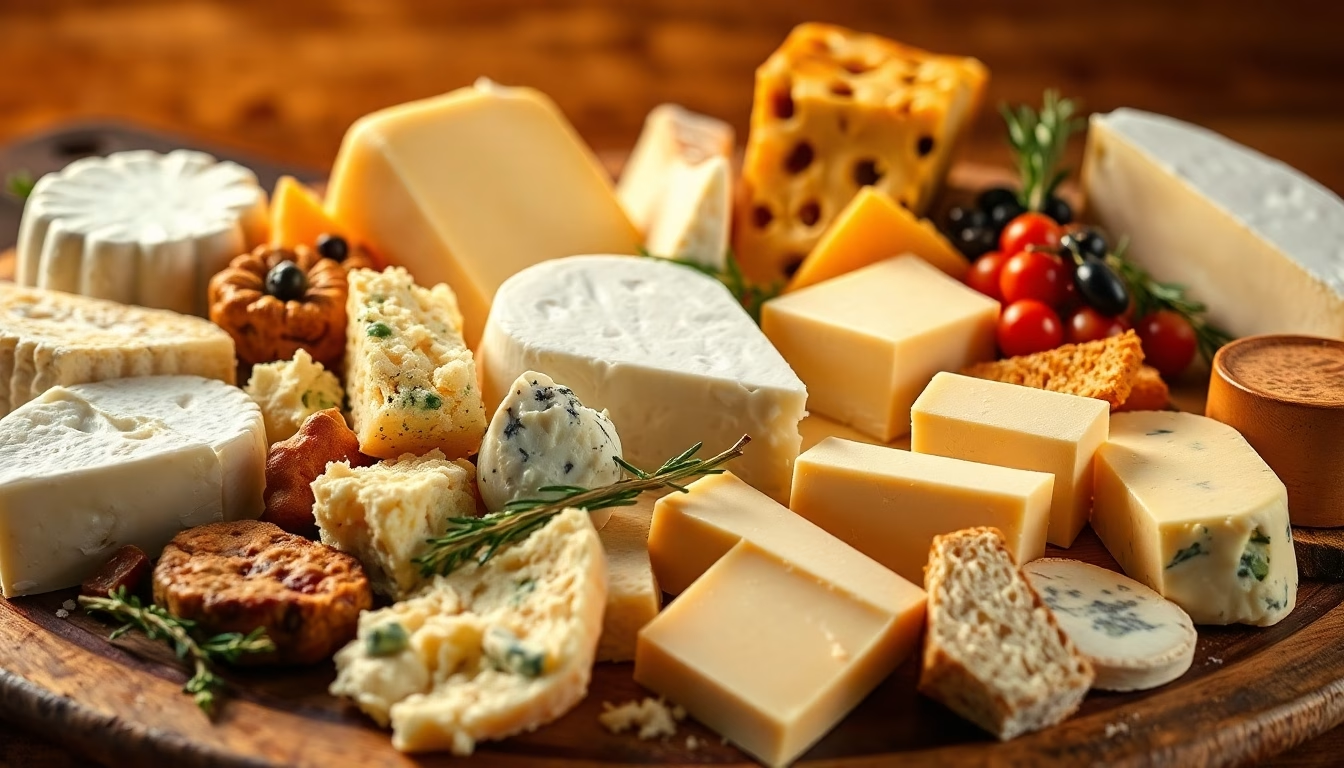Your cows are pumping out record butterfat, creating a 12.5% cheese yield windfall worth billions. But who’s pocketing the profits? (Not you.)
EXECUTIVE SUMMARY: American dairy farmers have engineered a component revolution, pushing butterfat from a 60-year plateau of 3.65% to today’s record 4.19%, dramatically increasing cheese yields from 10.14 to 11.41 pounds per hundredweight since 2010. This 12.5% yield improvement creates approximately $2.50 in additional value per hundredweight, generating billions in new revenue that’s fueling a $7 billion processor expansion boom while milk prices remain relatively flat. Though Federal Orders will finally update component standards in December 2025, farmers must act now to calculate their true component value, demand fair compensation from processors, and potentially explore direct marketing opportunities to capture more of the value they’re creating through genetic and nutritional advancements.
KEY TAKEAWAYS
- Follow the money: While your components create 12.5% more cheese per vat, processors are building billion-dollar plants – calculate what YOUR components are truly worth using our simple formula
- Regional advantage: Pacific Northwest producers are leading with 4.3% butterfat (vs. national 4.19%), creating a significant competitive edge in component revenue
- Mark your calendar: Federal Order composition updates coming December 1, 2025 finally acknowledge higher components, but don’t wait – demand fair compensation now
- Component revolution just starting: With 58% of milk check revenue coming from butterfat alone, your genetics and nutrition strategies should prioritize components over volume
- Collective action required: Join industry organizations fighting for updated pricing formulas that reflect today’s higher-component reality

While dairy farmers have been pushing their herds to new genetic heights – pumping out record-breaking component levels never before seen in American dairy history – processors are quietly celebrating a 12.5% cheese yield windfall, transforming their bottom lines. For six decades, 100 pounds of milk reliably yielded about 10 pounds of cheese. Today, that same milk is producing a whopping 11.41 pounds – creating billions in new value in the dairy economy.
The question burning up milkhouses across America: Are YOU getting YOUR fair share of this component-driven gold rush?
YOUR COMPONENTS, YOUR CASH COW: THE REVOLUTION NOBODY’S TALKING ABOUT
The numbers don’t lie, and they’re frankly staggering. What started as a slow climb in 2010 has become an all-out component revolution reshaping dairy economics from farm to factory.
The most current verified data shows meteoric component growth. Butterfat and protein levels have consistently risen year after year:
- 2020: 3.92% butterfat and 3.18% protein
- 2021: 3.97% butterfat and 3.21% protein
- 2022: 4.06% butterfat and 3.25% protein
- 2023: 4.11% butterfat and 3.26% protein
- 2024: 4.19% butterfat and 3.28% protein (through November)
From 1966 to 2010, the butterfat content in the U.S. milk supply hovered in a very narrow range from 3.65% to 3.69%. That’s over FOUR DECADES of virtually no movement!
Then everything changed. According to USDA’s National Agricultural Statistics Service, annual averages have soared, with 2024 on track to set yet another record as the fourth consecutive year of butterfat breaking new ground.
The Production Math That Changes Everything For YOUR Bottom Line
Here’s where this gets truly interesting for YOUR operation. While traditional milk production has been falling—down in 14 of the last 17 months since July 2023—component production has continued to climb.
The 2023 to 2024 period marks the first time U.S. milk production fell in back-to-back years since the late 1960s, as confirmed by the USDA Dairy Market News. Despite this volume downturn, milk component production—as measured by butterfat and protein pounds—keeps climbing, even modestly, at 0.19% in recent months.
In cold, complex cash terms, this component-driven model is now your economic lifeline as a dairy producer. According to Federal Milk Marketing Order statistics, in 2023, a whopping 58% of milk check income came directly from butterfat, with protein commanding an additional 31%.
That’s nearly 90% of your milk check tied directly to components!
WHO’S WINNING THE CHEESE YIELD LOTTERY WHILE YOU STRUGGLE?
Let’s get straight to the question nobody wants to ask: With cheese yields climbing from 10.14 pounds per hundredweight in 2010 to today’s 11.41 pounds, who’s pocketing the extra value?
The math here is brutally simple. That 12.5% yield improvement translates to an extra 1.27 pounds of cheese from every hundred pounds of milk. At current wholesale cheese prices, we’re talking about approximately $2.50 in additional value per hundredweight that didn’t exist before.
“Consider, for example, that a one-point decrease in casein retention can translate into a loss of almost .05 pounds of cheese per every 100 pounds of milk.” – USDA ARS Dairy Processing Research.
When processors calculate yields to the hundredth of a pound, YOU can bet they’re tracking every fraction of component value. Multiply that across the billions of pounds of cheese produced annually in America, and you’re looking at billions in new value creation.
The inconvenient question: Is this windfall fairly distributed back to YOU, the farmer who made it possible through YOUR breeding programs and management practices?
FOLLOW THE MONEY: Processing Expansion Tells All
If you want to know who’s cashing in on these component gains, follow the money. According to Dairy Foods magazine, the dairy industry is currently pouring over $7 billion into new processing facilities, with a significant portion dedicated to cheese plants scheduled to come online through 2027.
Processors are building billion-dollar cheese plants while your milk price barely budges. Coincidence?
“Standardization refers to the practice of adjusting the composition of cheese milk to maximize economic return from the milk components while maintaining both cheese quality and composition specifications.” – Journal of Dairy Science.
Processors aren’t just passively benefiting from your improved components – they’re actively optimizing every drop of your milk to extract maximum economic value.
These processing investments require substantial capital risk and create essential infrastructure for farmers’ milk. However, the question remains whether the economic benefits of higher-component milk are being equitably distributed throughout the supply chain.
What’s driving this investment? Simple economics. In 2000, cheese production absorbed 37.7% of the U.S. milk supply. Fast forward two decades and that figure has climbed to 42.5%, according to the USDA Economic Research Service. Butter demand has similarly increased, growing from 16.3% of milk production in 2000 to 18.6% two decades later.
Consumers are driving this change by demanding more nutrient-dense products like cheese and butter.
COMPONENT PRICING: IS THE SYSTEM RIGGED AGAINST YOU?
With its component pricing formulas, the Federal Milk Marketing Order system was supposed to ensure farmers got paid for what mattered. But here’s the uncomfortable reality: these formulas were developed when components were far lower than today’s levels.
With multiple component pricing (MCP) as the pricing mechanism for over 90% of the nation’s milk, getting the formulas right isn’t just an academic exercise – it’s the difference between thriving and barely surviving for thousands of dairy families like YOURS.
Even USDA finally acknowledges this reality. After decades of using outdated component standards, they’re updating the milk composition factors in Federal Orders as outlined in the Federal Register:
- True protein: increasing from 3.1% to 3.3%
- Other solids: rising from 5.9% to 6.0%
- Nonfat solids: rising from 9.0% to 9.3%
This change will take effect on December 1, 2025—a full 10 months from now—but it represents official recognition of what you’ve been delivering for years.
REGIONAL COMPONENT SHOWDOWN: WHERE DOES YOUR FARM STAND?
The component geography of American dairying reveals dramatic differences across regions and shows how far we’ve come from historical baselines:
For producers in these high-component regions, the advantage compounds with every tanker of milk that leaves the farm. However, this geographic disparity also raises serious questions about whether the federal order system fairly compensates all producers when component levels vary dramatically by region.
EXPORTS EXPLODING ON THE BACK OF YOUR COMPONENTS
While domestic processors benefit from higher cheese yields, they’re not the only ones. According to the U.S. Dairy Export Council, U.S. cheese exports have been setting new records, fueled by competitive prices made possible by higher component milk.
This export boom is directly tied to competitive U.S. cheese prices. The higher-component milk produces more cheese per vat, lowering unit costs and making American cheese more competitive globally.
But again, the question persists: Are YOU seeing YOUR fair share of this export-driven demand?
BOTTOM LINE CALCULATOR: ARE YOU GETTING PAID FOR YOUR COMPONENTS?
Use this simple formula to estimate how much additional value YOUR components are creating versus what you’re receiving in YOUR milk check:
- Take YOUR butterfat test and subtract 3.65% (the historical average)
- Multiply that difference by 2.5 (pounds of additional cheese per 0.1% butterfat increase)
- Multiply by YOUR milk volume in hundredweights
- Multiply by the current cheese price per pound
- Compare this value to your component premiums
This simple calculation will show if YOU’RE capturing the full value of YOUR genetic investments.
“I’ve pushed our herd’s butterfat from 3.8% to 4.4% over the past five years through aggressive genetic selection and nutrition management. The payoff has been substantial – our income per cow is up over 15% even with relatively flat milk prices.” – Tom H., Progressive Wisconsin Dairy Producer, Green County.
THE PATH FORWARD: CAPTURING YOUR COMPONENT VALUE
For forward-thinking dairy producers, several strategies emerge from this component revolution:
1. Push YOUR Components Even Higher
The genetic ceiling for butterfat and protein hasn’t been reached. With consistent year-over-year increases in components nationwide, the upward trend continues. Every 0.1% increase in components creates significant additional value for YOUR operation.
2. Demand Answers From YOUR Processor NOW
At your next cooperative or processor meeting, ask these specific questions:
- How much additional cheese is my milk-producing compared to 2010 levels?
- What percentage of that additional value flows back to me as the producer?
- How have component premiums adjusted to reflect today’s higher yield environment?
3. Mark December 1, 2025 On YOUR Calendar
The Federal Order composition factor updates will take effect on this date, finally acknowledging the protein revolution occurring on farms across America. But this is just the beginning of making the system genuinely fair. Keep pushing for component pricing that reflects the actual value YOU create.
4. Get Involved With Industry Organizations Fighting For YOU
Several dairy farmer organizations are actively working on component pricing reform and fair value distribution:
- The National Milk Producers Federation has been advocating for updated component factors in the Federal Order system
- American Dairy Coalition continues pushing for fair pricing reform that reflects today’s component levels
- State dairy associations like Professional Dairy Producers of Wisconsin offer educational programs on maximizing component value
5. Consider Direct Marketing Opportunities
The consumer demand for high-component dairy products has never been stronger. According to USDA-ERS consumption data, Americans continue to shift toward nutrient-dense dairy products like cheese and butter.
In 2000, cheese production absorbed 37.7% of the U.S. milk supply, climbing to 42.5% two decades later. Producers with entrepreneurial spirit might capture more of their milk’s value by processing their high-component products.
THE BOTTOM LINE: YOUR COMPONENTS, YOUR MONEY
The dairy industry is witnessing a historic shift in how milk becomes cheese, and the economic implications are massive. Despite milk production falling in 14 of the last 17 months since July 2023, the real story is what’s in that milk, not how much farmers produce.
Processors are already betting billions on this new reality, building the capacity to turn YOUR components into high-value cheese. The question isn’t whether components matter – they do.
The real question is whether you, as a producer, are getting your fair share of the revolutionary value you’re creating.
The component revolution is here. Make sure YOU’RE not left behind when it comes time to divide the spoils.
Learn more:
- COMPONENT PRICING REVOLUTION: WHY BUTTERFAT IS YOUR NEW PROFIT CENTER
- GENETIC STRATEGIES: TOP BULLS PROVEN TO BOOST YOUR HERD’S COMPONENTS
- NUTRITION SECRETS: HOW ELITE DAIRIES ARE PUSHING BUTTERFAT BEYOND 4.5%
 Join the Revolution!
Join the Revolution!
Join over 30,000 successful dairy professionals who rely on Bullvine Daily for their competitive edge. Delivered directly to your inbox each week, our exclusive industry insights help you make smarter decisions while saving precious hours every week. Never miss critical updates on milk production trends, breakthrough technologies, and profit-boosting strategies that top producers are already implementing. Subscribe now to transform your dairy operation’s efficiency and profitability—your future success is just one click away.







 Join the Revolution!
Join the Revolution!